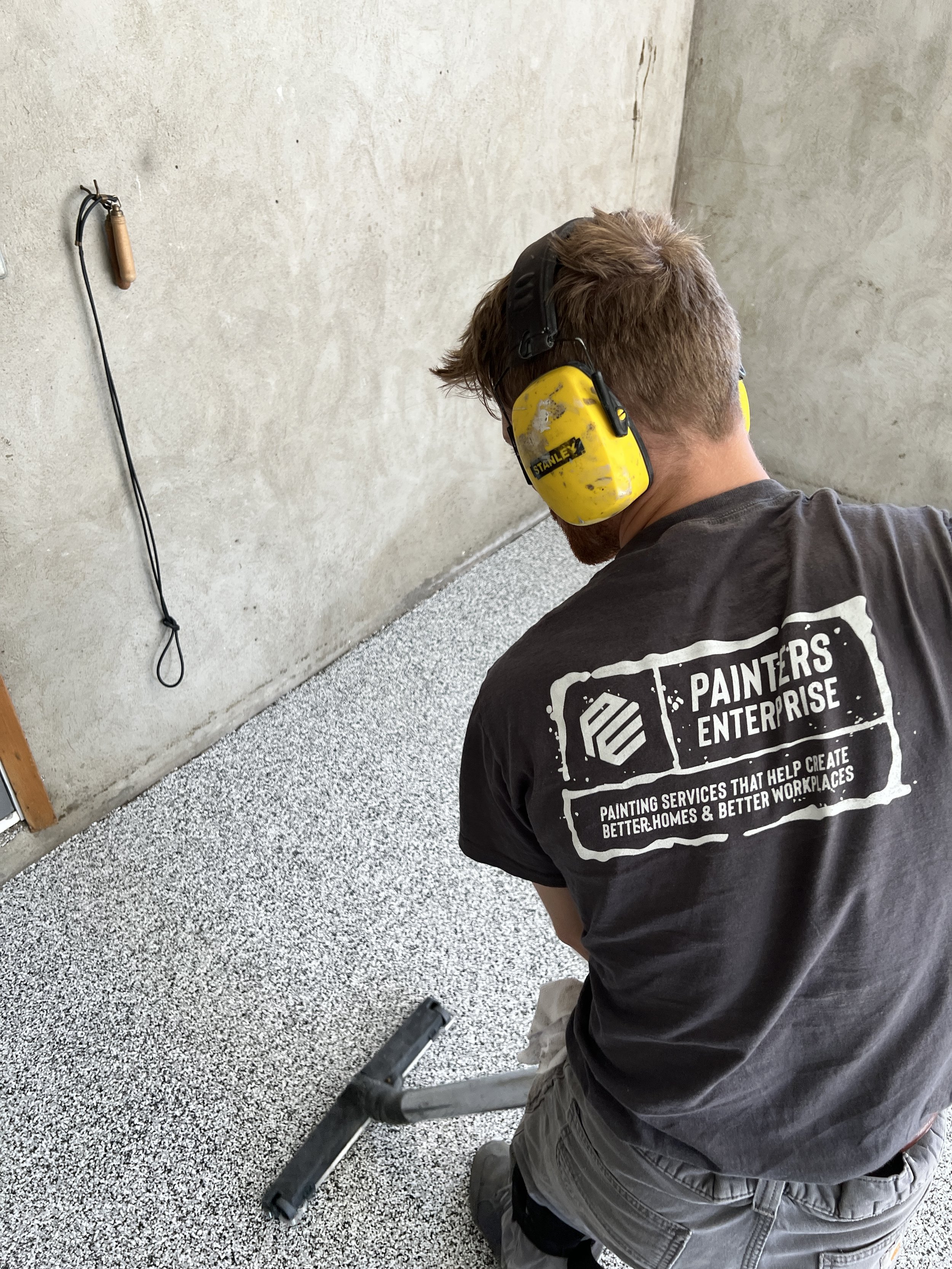Will my Epoxy Floor be Slippery?
Epoxy floors are renowned for their durability, versatility, and aesthetic appeal. However, a common concern among homeowners and business owners alike is the potential slipperiness of these surfaces. In this article, we delve deep into the question: Will my epoxy floor be slippery?
Epoxy floors are renowned for their durability, versatility, and aesthetic appeal.
Dispelling Misconceptions: The Truth About Epoxy Floor Safety
Myth #1: Epoxy Floors Are Inherently Slippery
Contrary to popular belief, epoxy floors are not inherently slippery. The slipperiness of any flooring surface, including epoxy, is influenced by various factors such as the type of epoxy used, surface texture, and environmental conditions.
Myth #2: All Epoxy Floors Pose the Same Slip Hazard
Not all epoxy floors are created equal. The slip resistance of an epoxy floor depends on the application method, aggregate additives, and topcoat sealers applied. Proper installation and finishing techniques can significantly enhance traction and minimize slip hazards.
Myth #3: Epoxy Floors Are Unsafe When Wet
While moisture can potentially make any surface slippery, epoxy floors can be engineered to maintain traction even in wet conditions. Incorporating anti-slip additives during installation and applying specialized sealers can effectively mitigate slip risks, ensuring safety in high-moisture environments.
Contrary to popular belief, epoxy floors are not inherently slippery.
Factors Influencing Slip Resistance of Epoxy Floors
Texture and Aggregate Additives
The texture of an epoxy floor plays a crucial role in slip resistance. Coarser textures and the inclusion of aggregate additives like silica sand or aluminum oxide can enhance traction, providing a more secure footing, especially in areas prone to spills or moisture.
Sealers and Topcoats
Applying sealers and topcoats with anti-slip properties is essential for maximizing safety on epoxy floors. These coatings create a protective barrier while also improving traction, thereby reducing the risk of slips and falls, even in demanding industrial settings.
Environmental Conditions
Environmental factors such as temperature, humidity, and exposure to liquids can impact the slip resistance of epoxy floors. Regular maintenance, including cleaning and debris removal, is crucial for preserving traction and ensuring optimal safety under varying conditions.
The texture of an epoxy floor plays a crucial role in slip resistance.
Ensuring Safety: Best Practices for Epoxy Floor Maintenance
Regular Cleaning and Maintenance
Maintaining a clean and debris-free surface is paramount for preventing slips and falls on epoxy floors. Routine sweeping, mopping, and using appropriate cleaning solutions help remove contaminants that could compromise traction.
Prompt Spill Cleanup
Spills should be promptly cleaned up to prevent the accumulation of slippery substances on epoxy floors. Absorbent materials such as cat litter or specialized spill kits can effectively absorb liquids and mitigate slip hazards.
Periodic Inspections and Repairs
Regular inspections allow for the early detection of any damage or wear on epoxy floors. Addressing issues such as cracks, chips, or worn sealers promptly can prevent safety hazards and extend the lifespan of the flooring system.
Maintaining a clean and debris-free surface is paramount for preventing slips and falls on epoxy floors.
“I recently had my garage done by these guys, and I love the results! I highly recommend them to anyone looking to revamp their space!
”
In conclusion, the slipperiness of epoxy floors is not a foregone conclusion but rather a manageable aspect that can be addressed through proper installation, maintenance, and safety measures. By understanding the factors influencing slip resistance and implementing best practices for floor care, homeowners and businesses can enjoy the benefits of durable, attractive, and above all, safe epoxy flooring solutions.

















